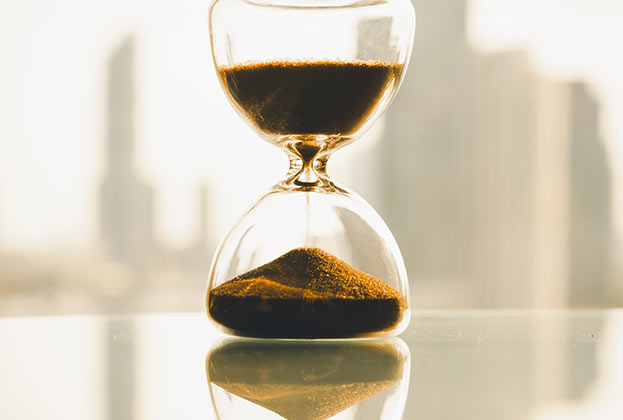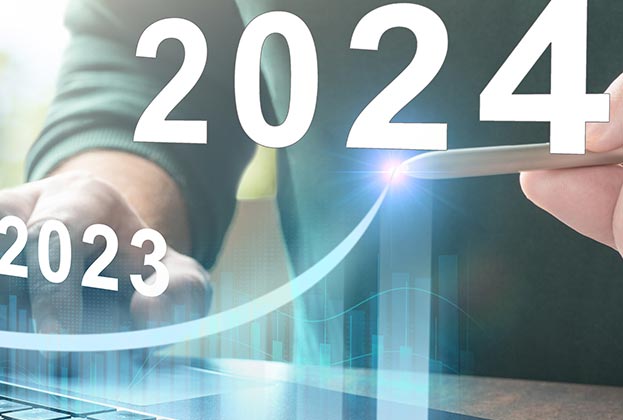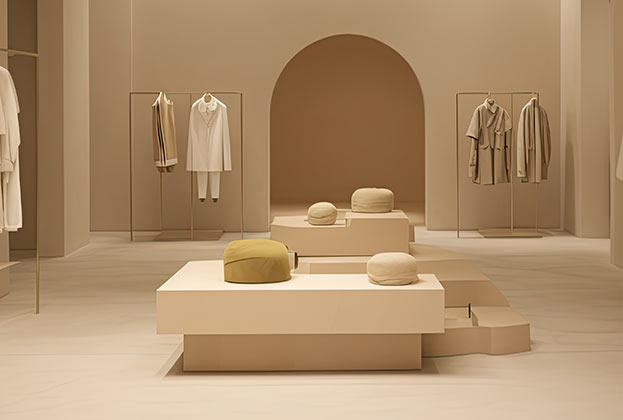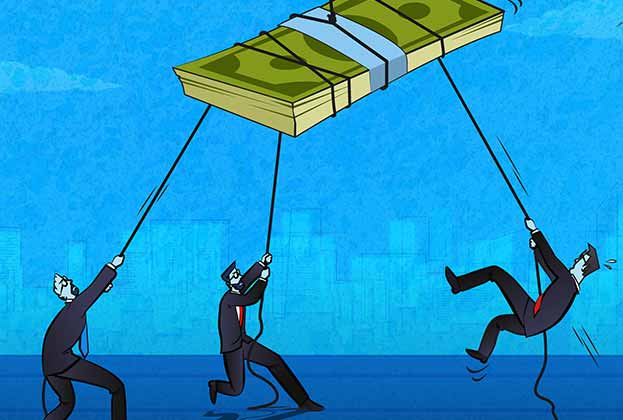In the Barrio Salamanca district, a gradual but noticeable trend is taking place in the name of gender equality. However, it is not the equality one expects. A flurry of stores have been popping up, catering to the most notoriously shopping-averse of consumers: the men.
A quick stroll along the Salamanca district welcomes shoppers to a wide array of male fashion stores. For high-end spenders, one can go to Brooks Brothers, D´s Damat, Cremieux, Fulham, and Hackett. For the mid-end market, one can visit Scotta 1985, Suitsupply, Scalpers, Harper and Neyer, Silbon, Patch, and Hutton. Budget buyers can avail from Mr Blue. Most of these shops are located on Velázquez and Jorge Juan streets, which seem to have become the new venues for male apparel brands. The trend seems to be focusing on the upward mobile corporate type, but this is no hard indication because most stores carry leisure wear, and the frequent sales and promotions assure that a wide range of budget can be addressed.
This is not exclusive to the Barrio Salamanca retail area, as shown by some attempts made on Calle Fuencarral but to limited success. For a retail space consultant, it is only a question of anticipating the next big place to get metrosexualized because the trend seems to be sustained.
The boom of male fashion did not happen overnight but might have started 5-6 years ago. No store will willingly reveal when the uptick in male wear sales started, and what the latest figures indicate, but it is safe to say that Madrid simply caught up in the worldwide upsurge. France and Italy have long had a history of male fashion. Japan and South Korea had several generations of androgenous males with experimental hairstyles and apparel.
We can trace this trend to globalization, with our local Madrileños getting exposed to cosmopolitan men who are more open to braver fashion options, or ... the so-called Casual Friday that might have contributed to demand
We can trace this trend to globalization, with our local Madrileños getting exposed to cosmopolitan men who are more open to braver fashion options, or simply enjoy dressing for the fun of it. Add to the recent adoption of a workplace practice long seen in other countries is the so-called Casual Friday that might have contributed to demand.
Some men might grudgingly admit that they were "inspired" by male fashionista athletes like David Beckham, Cristiano Ronaldo, Gerard Pique, and Xabi Alonso, who are seen publicly in the best designer wear, sending the clear message that it is no less macho to be seen glamming up a bit. No doubt social media had a hand in its recent surge; Instagram, Facebook, and Pinterest postings look so much better when you have good clothes, if not good abs. Lastly, there is the contribution of fast fashion, making men more motivated to grab the finds before supplies run out.
Of course, there is a simple, commonly known explanation for male fashion. It is a long-standing behavior, observed by economic analysts, that during times of economic crisis, sales of big-ticket items plummet. This includes cars, houses, vacations, watches, and the like. On the other hand, the sales of feel-good, affordable mini-luxuries rise. This then consists of fashion, cosmetics, perfumery, and mid-range food.
Therefore, is all this male shopping wave a reaction to our long-running economic strain? Is this partly the Madrid Man's way of coping with the stress of high unemployment and precarious work environment? Are we doing what Americans do, which is to "dress for success"? Anecdotal evidence points to a perceptible recovery for Spain. Car sales have started to pick up and home purchase seems to be approaching a peak. Too early to celebrate economic recovery but the signs are there. So will the current mushrooming of menswear slow down or even stop?
Is all this male shopping wave a reaction to our long-running economic strain?
For what we can speculate, the menswear trend is just beginning. Past histories tell us that when a mass taste is developed, there is no turning back. Men will want their fashion fix. They are not suddenly going to revert to shabbiness. As the economy recovers, the more successful among them will most probably upgrade their shopping to more upscale brands. Perhaps big-ticket items will achieve upward momentum, without reducing the current fashion consumption.
How then can we capitalize on the burgeoning trend? The classic advice stays-- study your market. What do men want when they shop? Is it like the New York model where the focus is on total experience? Store ambiance and sales people behavior have been altered to maximize shopper enjoyment. Yet a lot of research questioning remains. What is the male perception of brand loyalty in fashion?
Lastly, where will the uptrend in male fashion go from here, retail space-wise? Will globalization create a hunger for foreign labels, primarily from the USA, but perhaps even from exotic origins in Japan or Africa? Or most predictably, will the upper crust seek to distinguish themselves further, resulting to a resurgence of tailor-made shops?
Male fashion can be an exciting opportunity for retail space, but only if we think strategically, predict emergent behavior, and move fast to capture the retail space market before it peaks.
.jpg)




.jpg)




.jpg)